Damon Zucconi | Clouds in Beholders’ Eyes
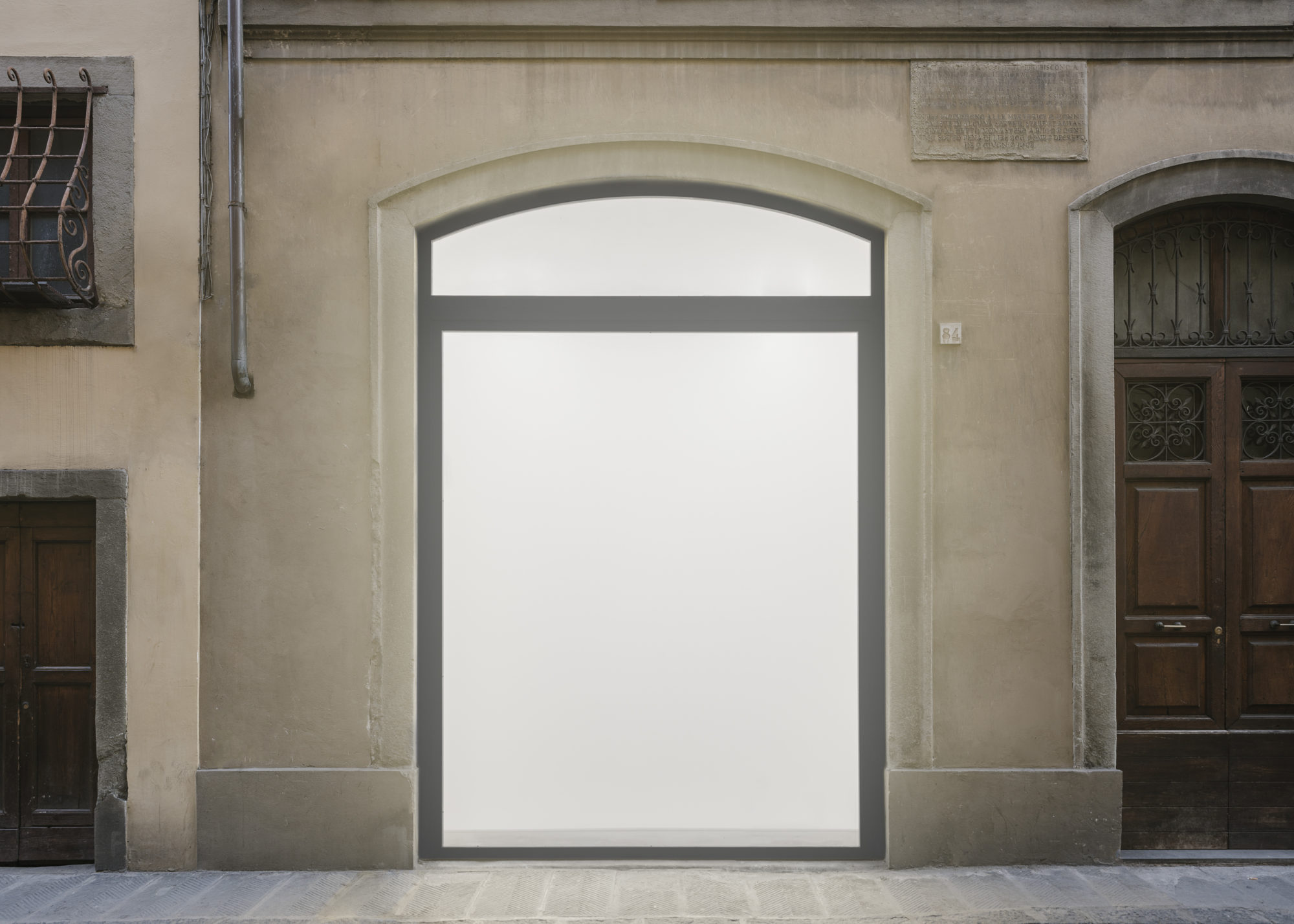 A dense cloud of artificial fog is jailed behind a storefront window. Where objects are usually displayed in the most coherent disposition, even desire fades into formless. Lithromantic, the latest exhibition by Damon Zucconi at Veda, paradoxically merges the recalled weight of stones (from the Greek lithos meaning stones) with the lightness of emotions linked to a generic romantic relationship.
A dense cloud of artificial fog is jailed behind a storefront window. Where objects are usually displayed in the most coherent disposition, even desire fades into formless. Lithromantic, the latest exhibition by Damon Zucconi at Veda, paradoxically merges the recalled weight of stones (from the Greek lithos meaning stones) with the lightness of emotions linked to a generic romantic relationship.
We don’t specifically know if we are experiencing a metaphor for our capitalistic culture – stressed between frustrated desires and illusionary goals – or if we are placed in front of our most secret and private feelings, but the general impression is a fluidity that brings a single need into a collective attitude, or vice versa.
Afterall, what hangs at the wall of the gallery’s backroom are pixeled prints obtained by a custom software’s process which interlaces images. Here the message is a whole, but the whole is in fragments and avoids even the smallest dose of unpredictability; Zucconi’s digital gestures still contain an analogic reference, at least in the gaze of the beholder.
Stefano Mudu: Let’s start from the very beginning, or the grammar of your work. A consistent part of it is based on the use of custom software as a tool to manipulate and re-open digital materials or archives. How does this software work? How much does unpredictability count in the process of creation?
Damon Zucconi: When dealing with any kind of material, digital or otherwise, we look for ways to handle it; to gain some kind of agency. The two-dimensional work I’ve been doing has been my attempt to deal with populations of images, so I’ve been leaning on different automated compositional techniques to make pieces that would be too labor-intensive to execute by hand.
I think, talking to people not fluent in writing software, they have this assumption that there’s some upfront idea you have, you write the program, and then it’s done; the idea embodied and in the world, complete. But the process of writing software is like making anything else – you begin not knowing where you’ll wind up. You put your thought into this executable form, and there’s this feedback loop of execution where you guide some process to that unknowable result. In the case of these pieces in the show at Veda, they originally arose from a method I devised to manipulate and interlace text.
I am really into chance as a formalized concept, though. Any program has some set of inputs. And when you use randomness as input for one of those parameters, it comes to embody the entire solution space of that input, a stand in for potential. True randomness brings along neutrality with it – both no-decision in particular and every decision, simultaneously.
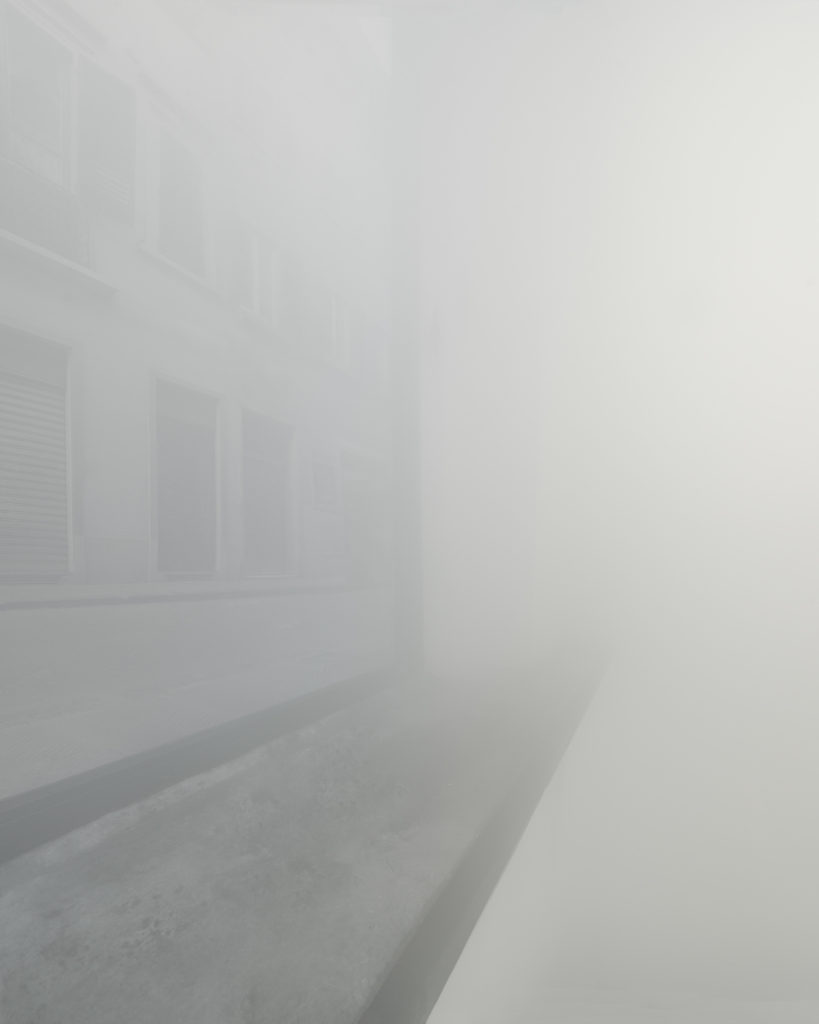 SM: In both your shows at Veda, you decided to occupy the window with very appealing installations. With Spiritual Door (2016), you proposed two wooden crosses that conceptually aimed to be orientation’s points while, with Lithromantic – the current exhibition – you’ve filled the space with a foggy sculptural casting which seems to work on an opposite level. Would you like to give an account of both the operations and let the differences emerge?
SM: In both your shows at Veda, you decided to occupy the window with very appealing installations. With Spiritual Door (2016), you proposed two wooden crosses that conceptually aimed to be orientation’s points while, with Lithromantic – the current exhibition – you’ve filled the space with a foggy sculptural casting which seems to work on an opposite level. Would you like to give an account of both the operations and let the differences emerge?
DZ: I think both these gestures come out as a consequence of the act of looking involved in this particular space. It’s a very peculiar volume. The sidewalk is quite narrow, so you’re surprised to walk past it.. You peer in, and there’s no floor, so you’re immediately ungrounded.
With Spiritual Door, I moved the lighting from the ceiling to the floor of the space, which is below street-level. The weight of the olive wood crosses and their doubling gives you this very hierarchical situation: we know where we are and where and how to look. The lights, which are typically ‘invisible’ in the space – a given – are made apparent. So there’s some clarity, a more proximate type of vision.
I didn’t intentionally set out to do the opposite with Lithromantic. But this is just another way of looking – another mode of vision – more distant. That ungrounding that happens when you walk by the space is amplified by removing any reference to a horizon or ground what-so-ever.
 SM: The combination of the fog in the window and the prints in the backroom, made me think of a liquid environment where we still manage a confusion between our human dimension and our hypermediated potential. Could Lithromantic be seen as a sort of self-reflexive platform to deepen such conditions?
SM: The combination of the fog in the window and the prints in the backroom, made me think of a liquid environment where we still manage a confusion between our human dimension and our hypermediated potential. Could Lithromantic be seen as a sort of self-reflexive platform to deepen such conditions?
DZ: I’m reminded of pareidolia, that phenomenon of seeing shapes and patterns in noise. Faces in clouds.
Pattern recognition is at the center of how we perceive, and at the center of more complex and poorly defined ‘human’ processes like creativity – making connections between what were previously dissimilar concepts. Apophenia. Something I find funny about those prints is that since they are constructed from existing images, there are patterns and structures hidden that the density obscures – a conspiracy theory. There really is an enfolded secret.
There’s this notion of ‘utility fog’ in futurist and transhumanist circles – clouds of self-reconfiguring modular nanobots. “Suppose, instead of building the object you want atom by atom, the tiny robots linked their arms together to form a solid mass in the shape of the object you wanted?” “You could very realistically imagine uploading into it, and then you’d be this sort of formless data amoeba controlling this formless physical amoeba and take any size or form you wanted.” I love thinking of this as some logical endpoint to figuration. That, in some sense, the work at Veda is a speculative figurative sculpture.
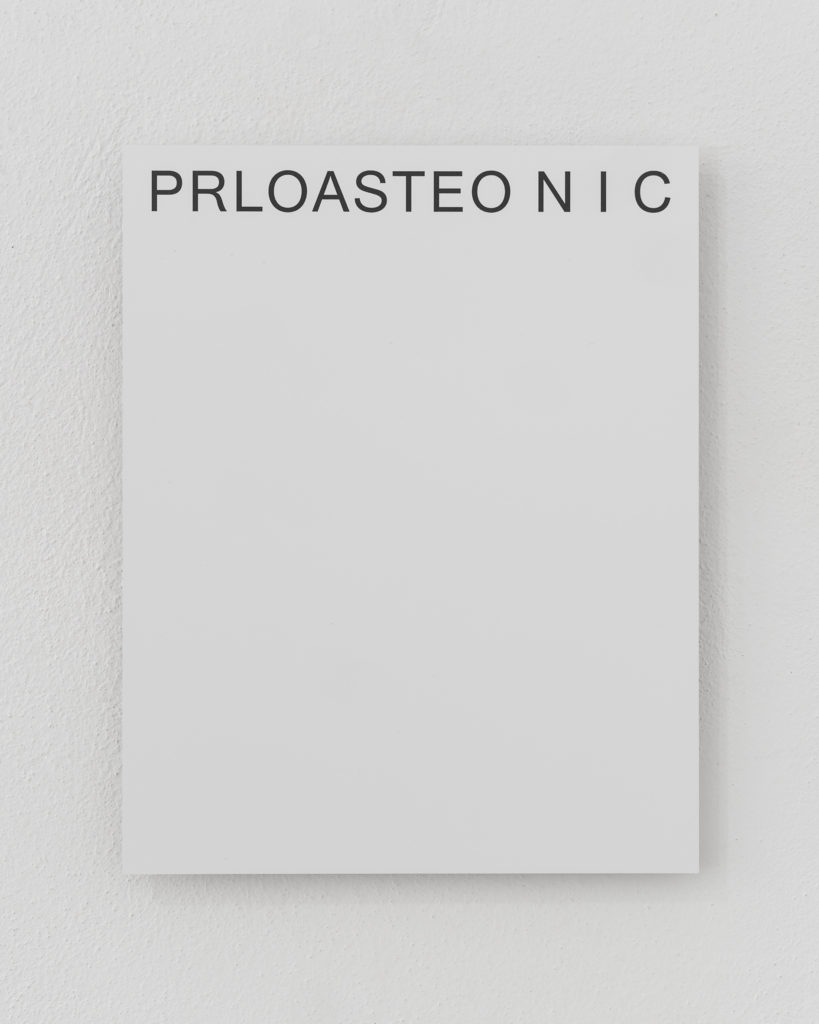 SM: Your works seem to belong to a certain post-internet aesthetic, but the formal results made me think of a very familiar and analogic texture: that of tapestries. I was wondering if it is something you are aware of, or you’ve ever thought about as a reference. Do you think the two worlds have something in common?
SM: Your works seem to belong to a certain post-internet aesthetic, but the formal results made me think of a very familiar and analogic texture: that of tapestries. I was wondering if it is something you are aware of, or you’ve ever thought about as a reference. Do you think the two worlds have something in common?
DZ: My wife is a textile designer, and so we talk about this a lot, and maybe her work has been influencing me more than I realized. The first book ever made by a program was a prayer book woven by a Jacquard loom. The history of digital is very much entangled with textiles.
One of the things on my mind when working online is the degree of intimacy involved. There’s a directness that’s a natural extension of that space: you’re in someone’s home, in someone’s pocket, in their bed. That proximity and domesticity are present in both these worlds.
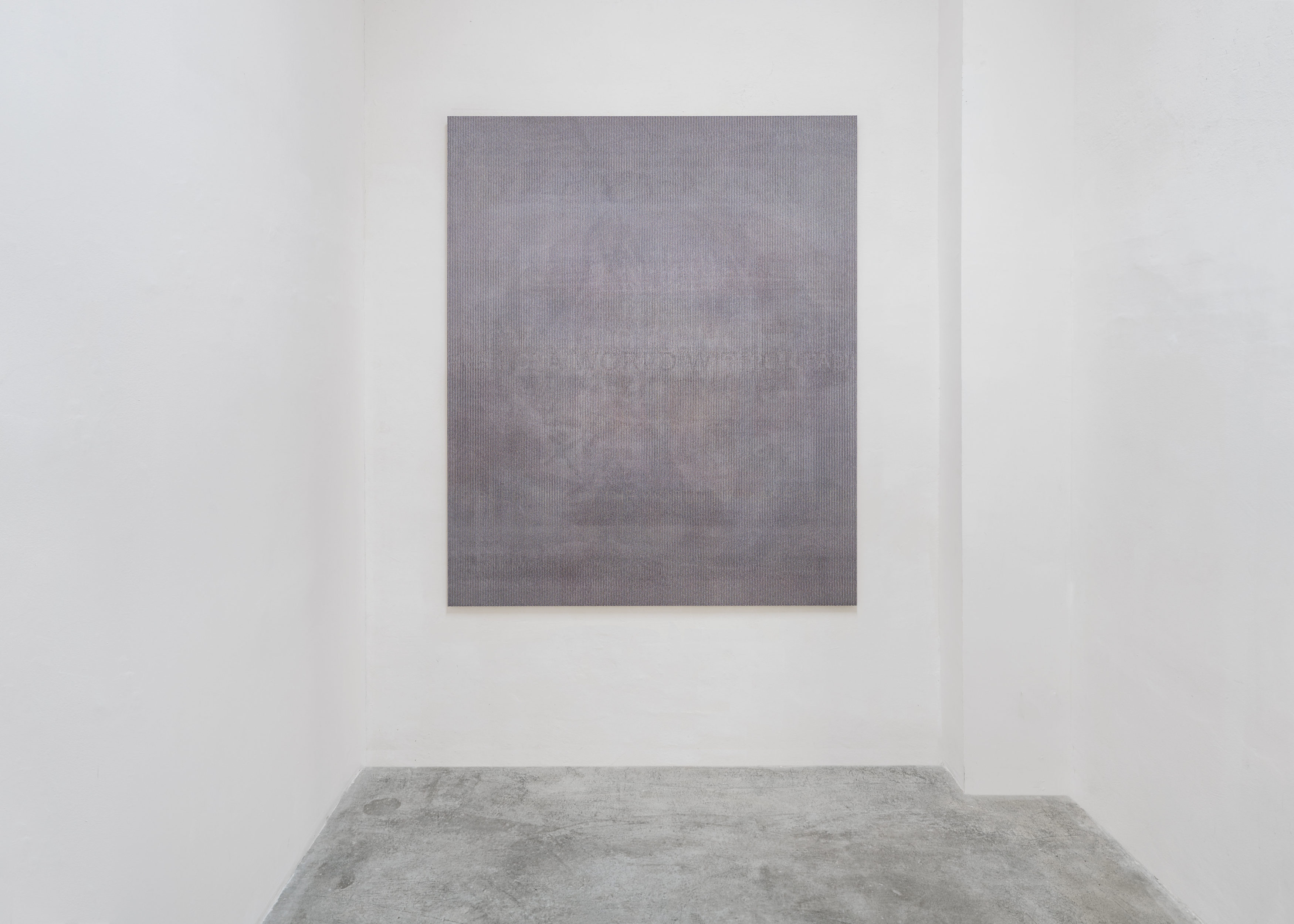 SM: Part of your artworks derive from manipulating previous images. They keep their temporal dimension while your custom software adds other temporal strata. In a sense, the outcomes are memorial images, such as those in your exhibition Red roses for a blue lady, New York 2016. I’d like you to link the exhibition with these questions: How’s your relationship with time? Does the temporal dimension of your works mime the temporality of reality or that of the software you use?
SM: Part of your artworks derive from manipulating previous images. They keep their temporal dimension while your custom software adds other temporal strata. In a sense, the outcomes are memorial images, such as those in your exhibition Red roses for a blue lady, New York 2016. I’d like you to link the exhibition with these questions: How’s your relationship with time? Does the temporal dimension of your works mime the temporality of reality or that of the software you use?
DZ: The formal results of the interlacing process for these images remind me of a palimpsest, a continually overwritten surface. The larger the number of images used, the more fragmentary and trace-like the result winds up being. So there is this sense that you see a totality, many things at once, but it’s imperfect. Like memory, it’s fuzzy.
You can think of time in terms of entropy, the thermodynamic arrow – entropy can only increase; it has a direction. And in software, you can think whether if the results of some function are reversible. Given some output, can some function be applied to reconstruct the original data? For instance, the works in Red Roses for a Blue Lady were fully reversible: the process involved a way of encoding color in an image such that it becomes perceptually diminished but is still available, hidden within. And applying the same function to those images, you’re able to get the original unaltered source back out. With these interlaced images, you can only recover a small percentage of the original; the transformation is lossy.
I do work with time in more direct ways. For instance, I have this series of works titled Variable Second that’s simply a software counter that lets me alter the definition of ‘one second’ – making it either slower or quicker, which decouples your internal sense of timekeeping. But these are operating on subjective or cultural pictures of time. Time inside of software proper is very different and wrapped up in notions of state and identity.
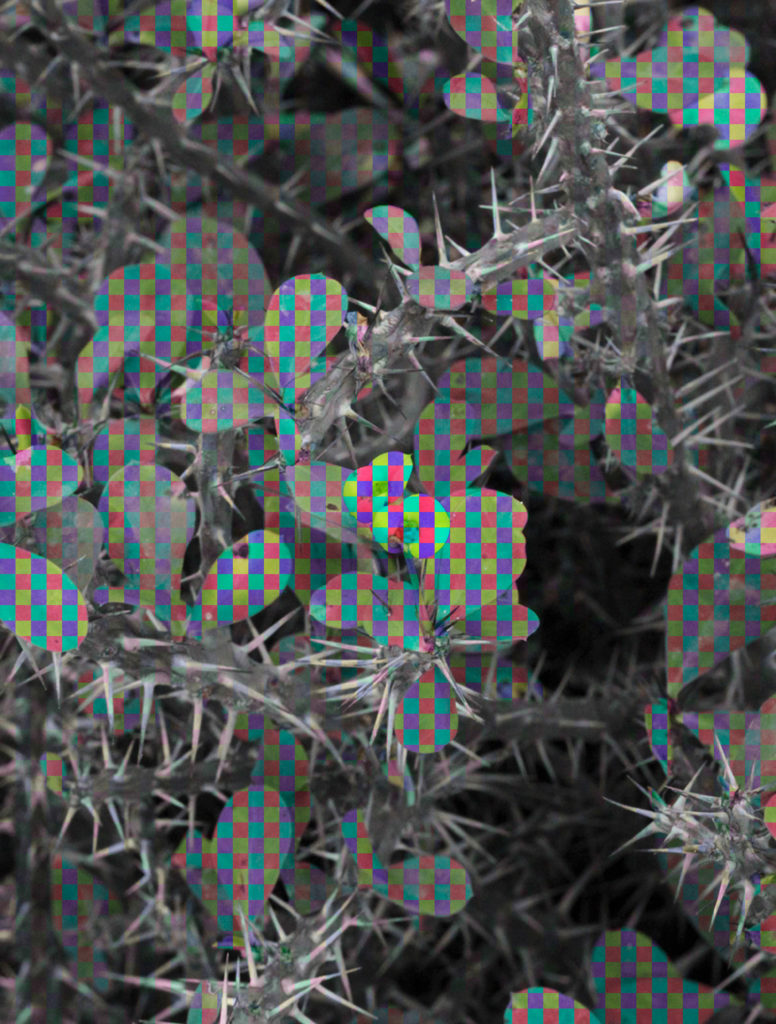 SM: Your use of digitalization, along with the way in which you produce self-contained objects, made me think how important is formalizing an artwork in this moment of dematerialization. I am referring to the coexistence of two different forces: on one hand, you seem to believe in viewer’s experience, referring to them emotionally; on the other, you seem to be looking for a materialistic approach to the art object itself. In which way are both components of your work? Can they exist together without excluding each other?
SM: Your use of digitalization, along with the way in which you produce self-contained objects, made me think how important is formalizing an artwork in this moment of dematerialization. I am referring to the coexistence of two different forces: on one hand, you seem to believe in viewer’s experience, referring to them emotionally; on the other, you seem to be looking for a materialistic approach to the art object itself. In which way are both components of your work? Can they exist together without excluding each other?
DZ: I think the primary shift here is temporal again, or more specifically attentional, rather than materialistic. Things viewed on devices tend to be modal: they are the locus of one’s attention and then, all of a sudden, with the closing of a browser tab, or a swipe, not.
Put that same thing in space, and your attentional relationship with it becomes more ambient. Things more readily live in the periphery.
My approach to objects is always rooted in the viewer and their perception – their phenomenal experience of a thing. I don’t necessarily see how the object and the viewer are opposed. I’ve always understood materialistic approaches to making – ‘Specific Objects’, so-called ‘minimalism’, etc. – in these anthropocentric terms, though.
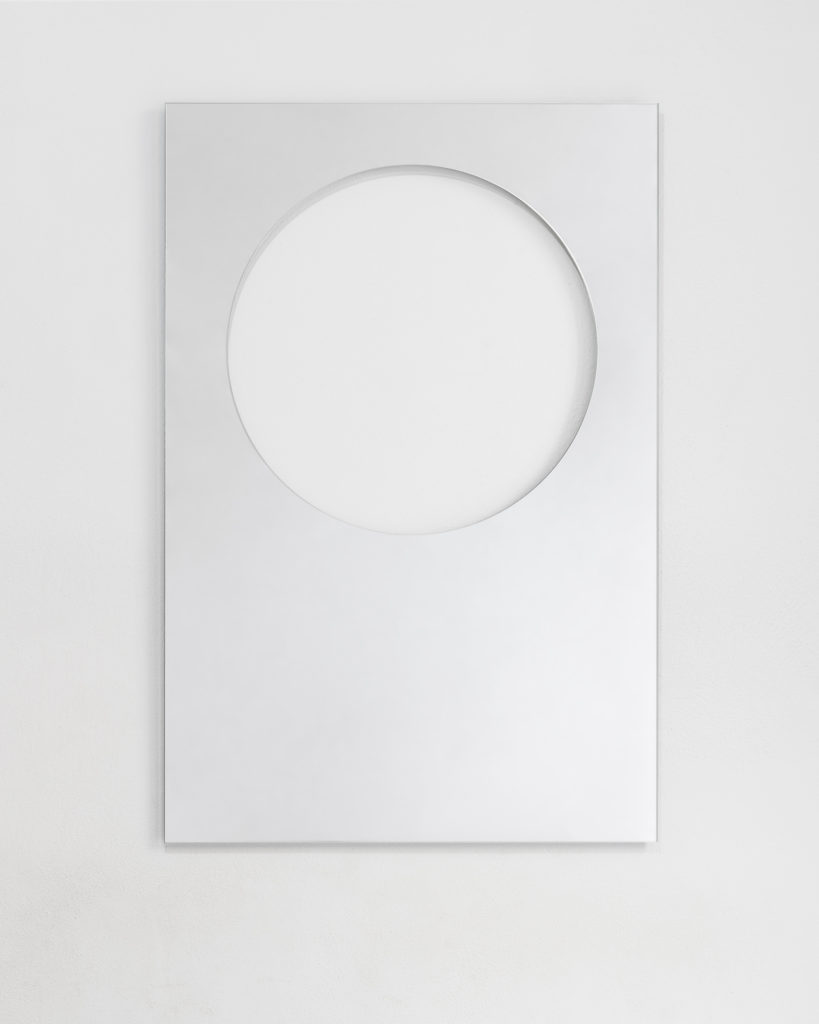 SM: From a personal perspective to a global one: a single necessity fuels a collective need, and vice versa. Most of your works – Lithromantic’s itself – allude to a certain form of romanticism or sentimentalism. The exhibition Imagine a World Without You (2019), for example, gave different devices the responsibility to answer romantic/personal questions (es. What is true love? How do we know she or he loves you truly? From Boredom is Deep and Mysterious, 2019). Do you think contemporary communication’s devices such as iPhone and laptops have the potential to look after our emotional values? What is your take on this?
SM: From a personal perspective to a global one: a single necessity fuels a collective need, and vice versa. Most of your works – Lithromantic’s itself – allude to a certain form of romanticism or sentimentalism. The exhibition Imagine a World Without You (2019), for example, gave different devices the responsibility to answer romantic/personal questions (es. What is true love? How do we know she or he loves you truly? From Boredom is Deep and Mysterious, 2019). Do you think contemporary communication’s devices such as iPhone and laptops have the potential to look after our emotional values? What is your take on this?
DZ: There’s the question of intimacy again – though I think all artists need to contend with a strange degree of intimacy: we’re in the business of making objects that one, ideally, lives with, after all.
I once made a work that achieved some degree of popularity outside of art contexts – sometimesredsometimesblue.com – a website that’s either red or blue with a 50/50 chance. It’s a coin toss, and, frequently lacking physical coinage, weirdly useful as a utility. So people use it to flip a coin and make decisions. You arrive at a fork in your life, however trivial, and you can turn to this piece as a guide. And it will move you in one direction or another. There’s a real directness to that kind of relationship. And that directness extends out from the inherent intimacy of working online, its pervasiveness, it’s proximity. I’m fundamentally an optimist and believer in the forms of community that are enabled by ubiquitous connectivity.
